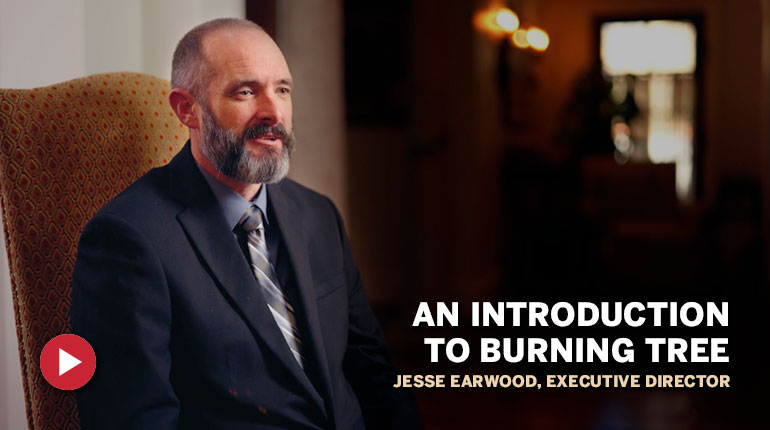Feeling nervous about an experience or upcoming event is normal. Nervousness is the fire inside pushing us to try new things and enact new experiences. Our nerves tell us something is new, exciting, and a little scary because it’s unknown. But what happens when that feeling of nervousness extends beyond “normal” nervousness and enters into the realm of anxiety? What’s the difference, and what can be done about it?
Let’s take a look at the symptoms of anxiety and see what we can do to combat them in-the-moment and long-term.
Symptoms of Anxiety
When we feel nervous, our stomach can feel like it’s in knots, and our minds can race thinking about what could be. Why is our body harming us in this way? The short answer is control. When you have anxiety, your mind and body are in a constant state of fight or flight, and it’s ready to run. While you battle to find equilibrium, panic mode sets in and attempts to help you find safety, however, it’s unaware that it’s causing more harm than good. You are trying to take control, but your body and mind are working against you.
While anxiety has some of the same symptoms as nervousness, anxiety reaches far beyond an isolated uncomfortable feeling. Here is a list of symptoms of anxiety:
- Worrying about events that have already happened, may happen, or could happen to the point where they consume your mind
- Stomach pain and diarrhea
- Racing thoughts
- Inability to concentrate
- Muscle pain
- Headaches
- The need to isolate or stay away from groups/events
- Restlessness
- Sleep disturbances or insomnia
- Excessive sweating
- Heart palpitations
- Fatigue
- Depression related to feelings of impending doom/hopelessness
There are many more issues that can arise based on anxiety, but this list shows the various ways in which it can rear its ugly head. The problem for most anxiety sufferers is that most people don’t understand the feeling. They believe people with anxiety are just nervous, not understanding the depth of their thought processes or physical ailments, and those who are in pain, mentally and physically, tend to be written off or passed by for treatment. The worst thing you can do is tell someone who is riddled with anxiety to “relax.” If you are experiencing these symptoms, the number one thing to remember is that you are not alone. Let’s look at some quick fixes to help us feel safe during an attack.
In-the-Moment Quick Fixes
When panic sets in, there are various actions we can take to lessen the intensity of our anxiety and eventually stop the attack. Here is a list of in-the-moment steps you can take to combat your anxious moments:
- Go to a quiet area and focus on your breathing
- Meditate
- Hot shower/bath
- Long walk/exercise
- Drink water/hot herbal tea (caffeine-free)/favorite iced beverage
- Phone a friend or reach out to your therapist
- Write down your feelings in a journal
- Read a book or watch a favorite movie/TV show
- Color, draw or make some kind of art
- Play a game on your phone or computer
The most difficult part of these in-the-moment actions is actually doing them. It may sound silly, but if you’ve suffered from anxiety, you know how difficult it can be to even move during a bout or attack. This is where practice makes perfect. The more you are able to move into one of these coping mechanisms, the easier it becomes to do so over time, however, the key to managing anxiety is a long-term treatment.
Long-Term Management
In-the-moment coping mechanisms are important, but they should be coupled with a deeper level of analysis and treatment to get to the root of your anxiety. Using coping mechanisms alone is like never learning how to swim and relying on a life jacket. Yes, if you have the life jacket with you and it’s in proper working order, you will be saved, but why not take another step and learn how to swim? Knowing you have that ultimate safety net can help quell more anxiety and stress from future events.
The goal of long-term care is to release your future anxiety by training the body and the mind to overcome deep-seated fears and trauma. If you suffer from anxiety and/or any issues on the aforementioned list, reach out to your PCP and look for a therapist. Getting to the root of your anxiety and talking through your issues is the only surefire way to combat the disease and live a life without constant fear.
Working with a therapist can help you find the root of your problems, acknowledge your stressors and work to find an appropriate list of coping mechanisms. The more you are able to practice these action-steps, the easier it will be to combat and stop your attacks.
Anxiety is a common occurrence in today’s world, but when it impinges on your happiness and ability to thrive, it’s time to ask for help, especially if your main coping mechanism is substance. Burning Tree Ranch is a residential facility that works with people just like you who are suffering in silence. Reach out today to learn about our treatment programs and take the first step towards combatting addiction and anxiety. Call now at (866) 287-2877 and let us teach you how to swim.





